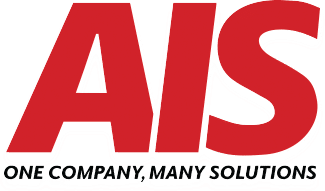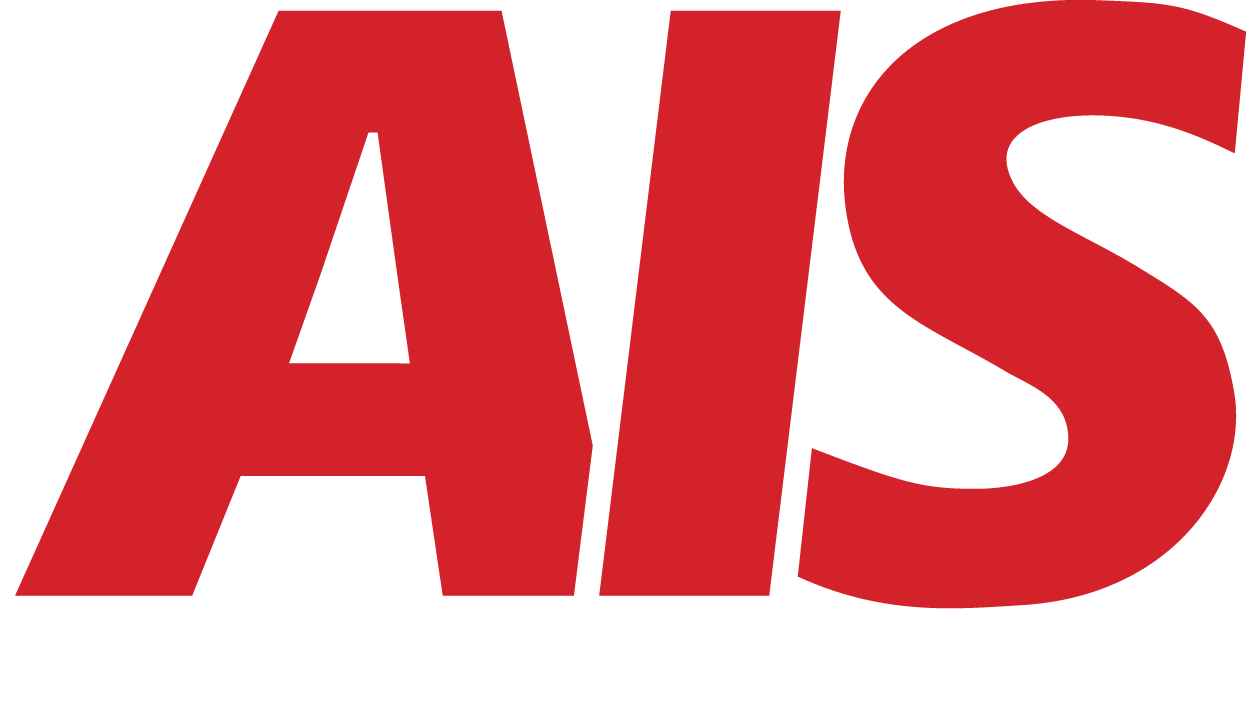How to Budget for Business Security System Upgrades Over Time
September 11th, 2025 | 6 min. read

Business security systems are not something you install once and forget about for the next decade.
Just like your phone, your computer, or your business software, they need to be updated, maintained, and eventually replaced.
But here is the problem many businesses face. They wait until a camera fails or a software license expires before they even think about budgeting for replacements. And by then, they are often facing surprise expenses, system downtime, or even security blind spots.
The solution is simple. Instead of treating security upgrades like emergencies, start treating them like planned business expenses.
In this article, we will show you how to build a practical budget for security system upgrades over time, so you can stay protected and avoid unexpected costs.
Why Your Business Needs to Plan for Security System Upgrades Now
Your security system might be working fine today, but how will it hold up two years from now? Or five?
Technology evolves quickly. What seemed cutting-edge five years ago might now be missing important features like high-resolution video, smart analytics, or cloud storage support.
If you delay upgrades, you expose your business to:
- Gaps in coverage
- Decreased image quality
- Software vulnerabilities
- Compliance issues
Planning ahead and budgeting gradually allows you to upgrade when it makes sense, not when you are forced to react.
What Parts of a Business Security System Need Regular Upgrades?
Not every part of your system needs to be replaced every year. But certain components will reach end-of-life and lose support over time.
Surveillance Cameras
Camera technology is advancing rapidly. Today’s models offer higher resolution, better low-light performance, and smart features like:
- Motion tracking
- License plate recognition
- Facial recognition (in some use cases)
- Real-time alerts
If your cameras are more than five to seven years old, they may not support these features or offer adequate clarity for investigative purposes.
Video Management Systems (VMS)
Whether you use on-premise or cloud-based software, VMS platforms need updates to remain compatible and secure. Many vendors update every few years, and older systems may eventually stop receiving patches or support.
Access Control Hardware
Badge readers, keypads, and door controllers wear out over time. If your system cannot integrate with mobile credentials or cloud-based access control, you may want to upgrade sooner.
Servers, Storage, and Network Infrastructure
Storage is a hidden cost that often gets overlooked. As video resolution improves, footage takes up more space. If you need to keep footage for 30, 60, or 90 days, your storage plan should be reviewed regularly.
Upgrades might also be needed to support higher bandwidth demands as more devices are added or as you move toward cloud-based systems.
How Often Should Businesses Plan for Security Upgrades?
General Timelines by Equipment Type
- Cameras: Every 5 to 7 years
- VMS Software: Updates every 2 to 3 years
- Access Control: Every 5 to 8 years
- Storage Infrastructure: Reviewed annually
Signs It Might Be Time to Upgrade Sooner
- The system is no longer compatible with modern software
- Cameras have poor resolution or frequent downtime
- Your business has moved, expanded, or added remote locations
- Compliance requirements have changed in your industry
How to Build a Long-Term Security Budget
A smart security budget does not try to solve everything in one year. It breaks down needs into phases and accounts for both one-time and recurring costs.
Understand Total Cost of Ownership (TCO)
When evaluating security system upgrades, look beyond the initial price tag. Consider:
- Installation and labor
- Licensing fees
- Training
- Maintenance and support
- Future compatibility
A lower-cost system today might cost you more in upgrades and downtime later.
Include Both Capital and Operating Expenses
- Capital Expenses (CapEx): New cameras, access control systems, servers
- Operating Expenses (OpEx): Monitoring fees, software subscriptions, cloud storage
If you lease or finance equipment, factor in monthly or annual payments.
Budget in Phases
You don’t have to upgrade your entire system in one cycle. Instead:
- Prioritize high-risk or outdated areas first
- Build a 2 to 3-year upgrade plan
- Schedule annual reviews to adjust as needed
A phased approach spreads out the financial impact and ensures continuous protection.
Common Mistakes Businesses Make With Security Budgeting
Waiting Until Equipment Fails
If you wait for a device to stop working, you are budgeting reactively. This often leads to rushed decisions and higher emergency costs.
Ignoring Software Compatibility
A new camera might not work with your current VMS. Failing to budget for software updates can cause integration issues and downtime.
Underestimating Storage Costs
High-definition video uses a lot of storage. If your cameras record 24/7 and you need 60 days of retention, your storage costs could be significant.
Related Article: How Long Should Your Business Store Security Footage?
Not Budgeting for Installation or Training
Even the best equipment does not work well if your team does not know how to use it. Factor in installation and staff training for every upgrade.
Sample Budget Plan for a Mid-Sized Business
Let’s say you run a 50-employee business with a 20-camera surveillance system and basic access control at two entrances. Here’s an example of a phased upgrade budget:
Year 1:
- Replace 10 outdated cameras with 4K models ($7,000)
- Upgrade VMS to cloud-compatible software ($3,500)
- Staff training and setup ($1,000)
Year 2:
- Replace remaining 10 cameras ($7,000)
- Add 30 days of cloud backup for all footage ($2,500)
- Install upgraded badge readers ($4,000)
Year 3:
- Expand access control to warehouse and back office ($6,000)
- Replace local storage server ($3,000)
- Renew monitoring service contract ($1,200)
By planning ahead, you spread $35,000 over three years instead of absorbing it all at once. And you stay ahead of risks and compliance issues along the way.
How AIS Helps Clients Plan and Phase Security Upgrades
At AIS, we work with businesses of all sizes to plan, phase, and implement smart upgrades to their surveillance and access control systems. Our advisors help you:
- Assess your current environment
- Prioritize needs based on risk and budget
- Create 1 to 3-year upgrade roadmaps
- Balance CapEx and OpEx depending on your goals
We don’t just install equipment. We help you think long-term and avoid surprise costs.
Related Article: Smart Cameras And The Intelligent Edge: A Genius Combination.
Final Thoughts: Budgeting Proactively Prevents Security Gaps
Upgrading your business security system does not have to be overwhelming or expensive. But it does have to be intentional.
By understanding what needs to be upgraded, when to upgrade it, and how to phase it in over time, you can build a security strategy that is affordable, effective, and future-ready.
Don’t wait until something breaks or your system becomes non-compliant. Start planning your security upgrade budget today, and protect your business with confidence.
A true southerner from Atlanta, Georgia, Marissa has always had a strong passion for writing and storytelling. She moved out west in 2018 where she became an expert on all things business technology-related as the Content Producer at AIS. Coupled with her knowledge of SEO best practices, she's been integral in catapulting AIS to the digital forefront of the industry. In her free time, she enjoys sipping wine and hanging out with her rescue-dog, WIllow. Basically, she loves wine and dogs, but not whiny dogs.
Topics:



